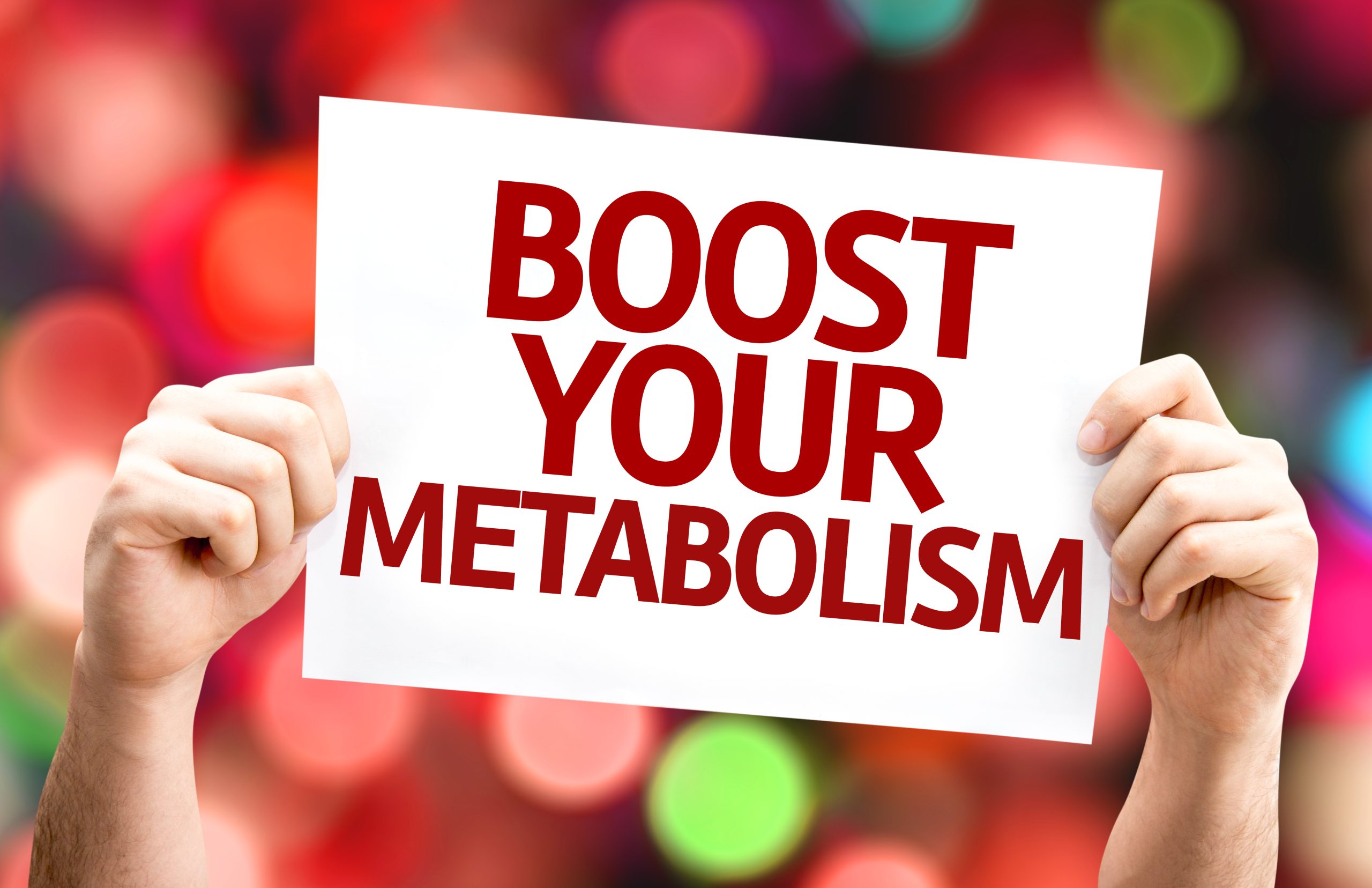Want to give your metabolism a boost?
You might be surprised to learn that various factors, such as increased lean muscle mass, improved training performance, decreased body fat, and a higher calorie intake, all contribute to increasing your Total Daily Energy Expenditure (TDEE) and overall metabolism. Insulin sensitivity also plays a significant role in this process, as it influences how efficiently your body can utilise nutrients and energy. In this blog post, we’ll discuss the interplay of these factors and how they work together to boost your TDEE and metabolism.
Increased Lean Muscle Mass:
Building more lean muscle mass increases your resting metabolic rate since muscles require more energy to maintain than fat. This contributes to a higher TDEE, even when you’re not exercising. Incorporating regular resistance training into your fitness routine can help you build and maintain lean muscle mass, effectively boosting your metabolism.
Improved Training Performance:
Participating in resistance training and high-output cardio workouts, such as High-Intensity Interval Training (HIIT) and Metabolic Conditioning (Metcon), increases your energy expenditure during exercise, which can boost your daily calorie burn. These intense workouts also enhance insulin sensitivity and stimulate the translocation of GLUT-4 transporters in your muscle cells. GLUT-4 helps your muscles take up glucose (sugar) more effectively during exercise, providing the energy needed for optimal performance. Improved insulin sensitivity and increased GLUT-4 activity lead to more efficient nutrient use, ultimately resulting in better performance and a faster metabolism.
Decreased Body Fat:
Reduced body fat can lead to improved insulin sensitivity, enabling your body to better utilize carbohydrates during training. Enhanced insulin sensitivity allows for more effective glucose uptake and utilization by the muscles, contributing to increased athletic performance. Adopting a balanced diet and engaging in regular exercise can help decrease body fat, ultimately supporting better carbohydrate utilization and improved performance in training sessions.
Higher Calorie Intake:
Consuming enough calories not only fuels your workouts but also supports increased Non-Exercise Activity Thermogenesis (NEAT) and Exercise Activity Thermogenesis (EAT), contributing to a higher TDEE. Improved insulin sensitivity facilitates better nutrient partitioning, ensuring nutrients are utilized for muscle growth and repair rather than being stored as fat. To optimize both NEAT and EAT, it’s essential to maintain a balanced diet that includes sufficient protein, carbohydrates, and healthy fats, providing your body with the necessary fuel to achieve your fitness goals.
Enhanced Insulin Sensitivity:
Improved insulin sensitivity promotes efficient nutrient uptake and energy utilization. This can lead to increased lean muscle mass, better training performance, and easier weight management, all of which contribute to a higher TDEE and overall metabolism. Incorporating regular physical activity and a balanced diet can help improve insulin sensitivity and support your fitness goals and overall health.
Understanding the interplay of these factors—increased lean muscle mass, improved training performance, decreased body fat, higher calorie intake, and enhanced insulin sensitivity—can help you create a personalised plan to boost your TDEE and overall metabolism. At Schembri PT, we’re committed to providing you with the knowledge and tools necessary to achieve your fitness goals. Incorporate regular physical activity and a balanced diet to improve insulin sensitivity and support your journey to better health.
Contact Us Today for a no obligation chat!

